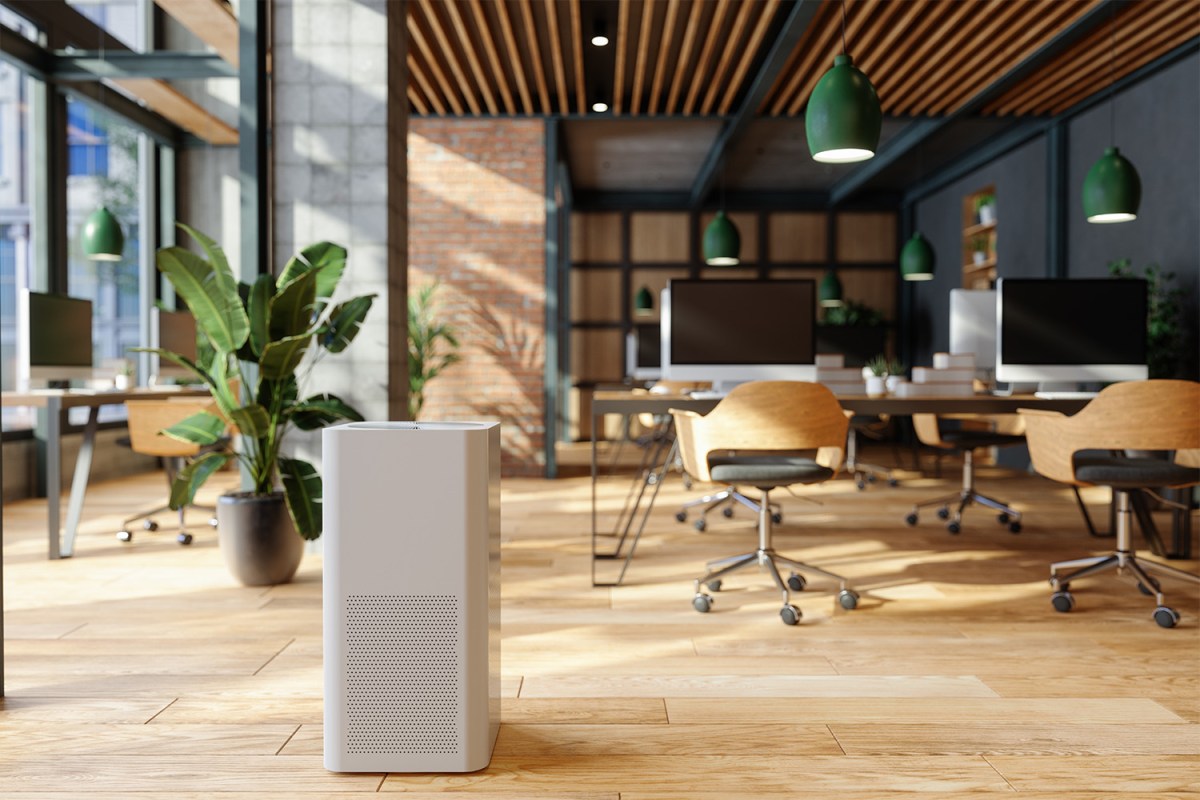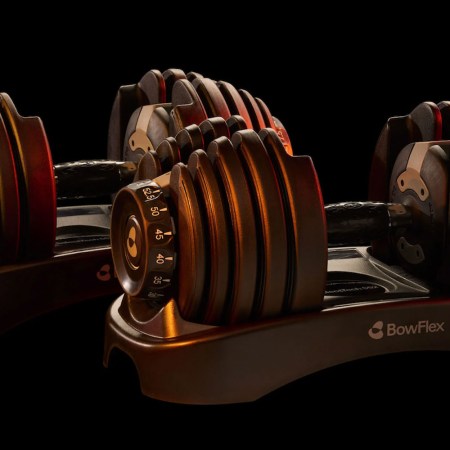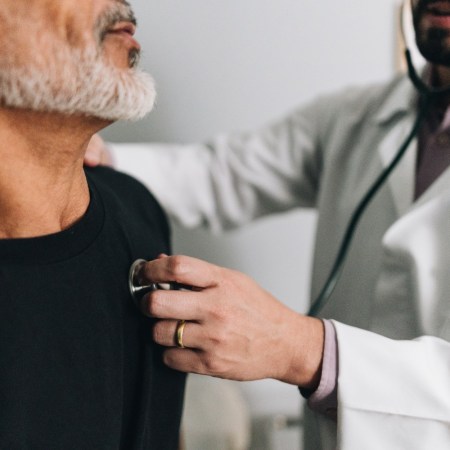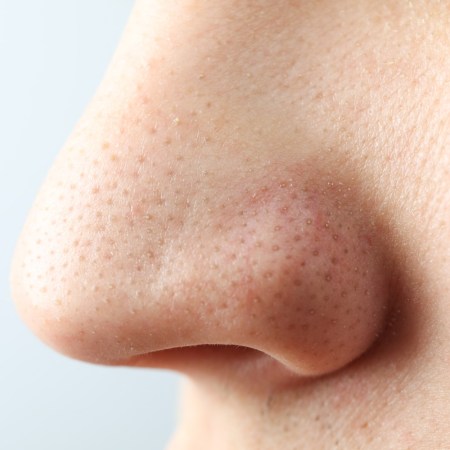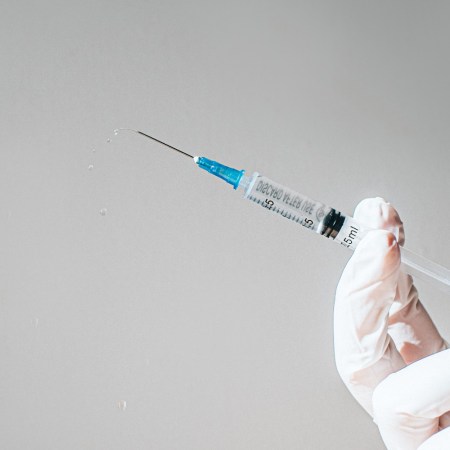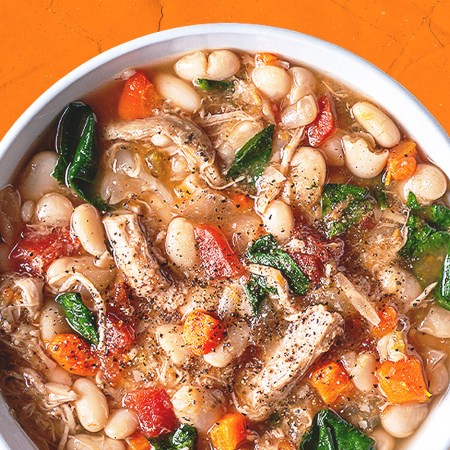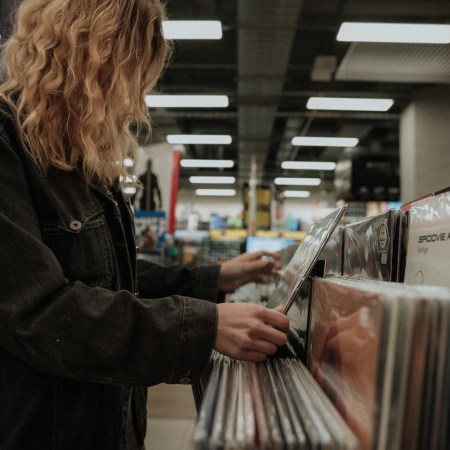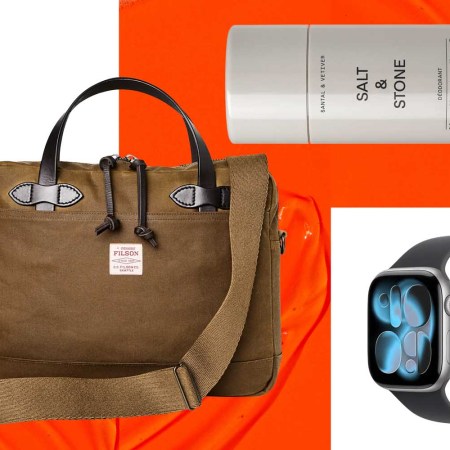Instead of carrying extra masks in your pocket, what if you carried your own air purifier?
While most of the world adjusts to living with COVID, which includes lifting mask mandates and vaccine passports, some have been turning the focus to the air we breathe. Literally.
Throughout the pandemic, the point of mask-wearing was to keep the airborne virus from spreading from person to person. While masks have become standard practice, they’re falling out of use in public spaces around the world as mandates relax, prompting been a renewed focus on tech that can keep our air cleaner indoors and stop the spread more sustainably.
Restaurants have certainly felt the pressure to adapt their HVAC systems while customers return to dining indoors at full capacity. Per a recent article from The Atlantic::
Bluestone Lane, a coffee chain with $17 “rainbow bowls,” has installed disinfecting UV lamps in its stores, while Market Steer Steakhouse in Santa Fe, New Mexico, has portable HEPA filters in each of its outdoor-dining domes. One restaurant nestled against the California coast could be in the running for America’s best-ventilated restaurant: It has a revamped HVAC system, 10 standing HEPA purifiers, and 18 tabletop air cleaners.
Portable HEPA air filters might be the key to slowing the spread indoors, including in homes and schools. President Biden’s Build Back Better plan includes funding to revamp HVAC systems in educational facilities nationwide, with the Department of Education stating that “Wearing a well-fitting, multi-layer mask helps keep virus particles from entering the air and protects mask wearers. Good ventilation is another critical step to help reduce the number of airborne virus particles.”
While HVAC systems can be costly to update and replace, personal or portable options are cheaper, and bolster the effects of HVAC systems for patrons.
Supporters of “Clean Air” initiatives argue that updating HVAC systems and getting portable HEPA filters more widely accessible wouldn’t just be helpful for COVID, but for all illnesses. In older classrooms, for example, air purifiers would help mitigate cold and flu symptoms from spreading, or the effects of mold problems (schools could also just, you know, fix mold problems, but one thing at a time). Better filtration is also a more sustainable measure for combating COVID, since single-use surgical masks — the current best practice to stop the spread, according to the CDC — are a big contributor to the more than eight million tons of COVID-associated plastic waste that’s been created globally since 2020.
Prices of portable air purifiers can go from as low as $10 to over $100, and with allergy season coming up and a new variant almost inevitable, you might want to consider investing in one now.
Thanks for reading InsideHook. Sign up for our daily newsletter and be in the know.
